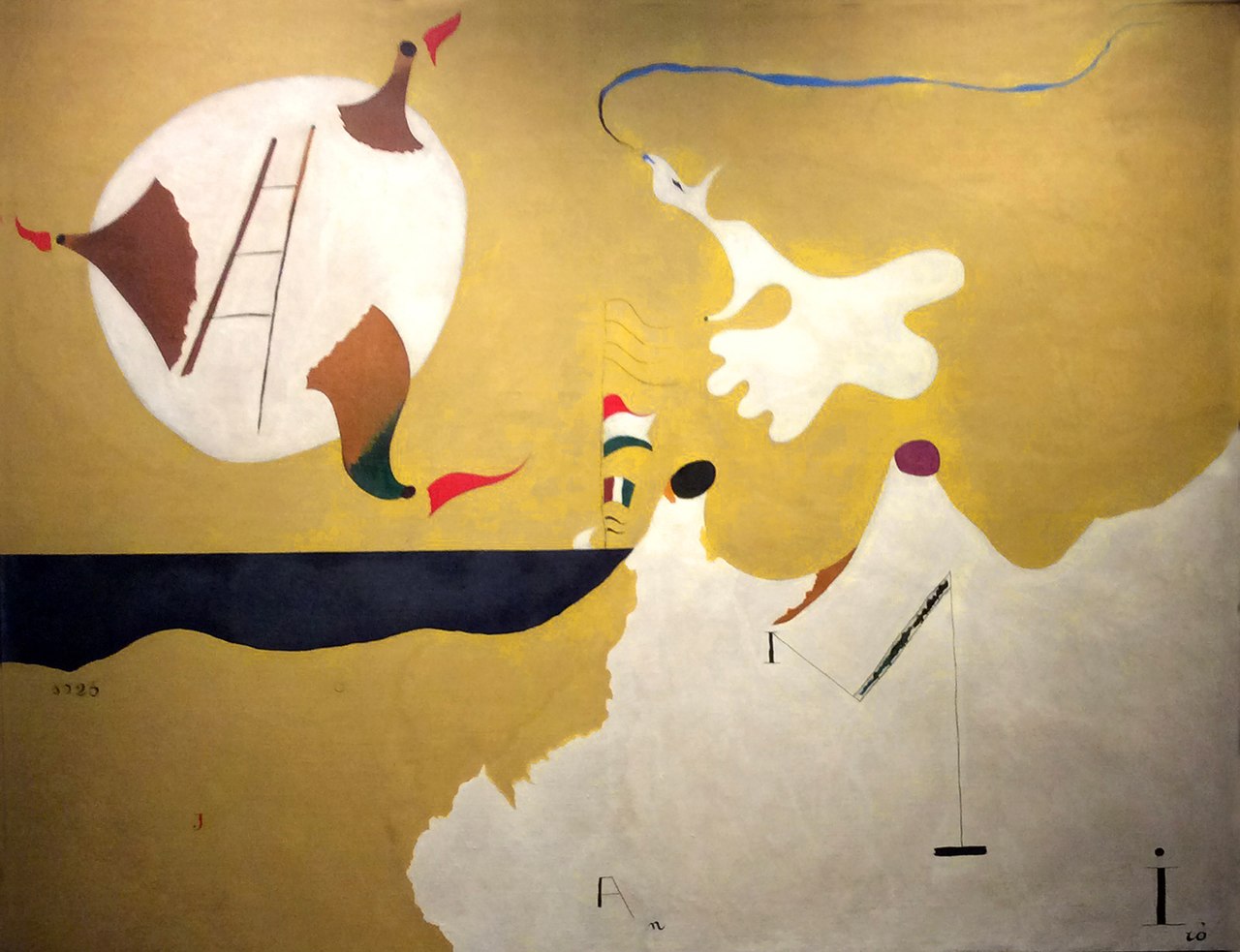Art, Modern art, Avant-garde: from a philosophical point of view
Evolvement of the Art concept in society
In this blog article our online gallery tries to in short explain a concept of art in society
Over time the concept of art underwent an extensive development and became autonomous cultural value fitting in the framework of modern society.
Moreover, the society itself profoundly evolved socially as well as culturally. The modern society distinguishes between the material/ practical and symbolic/ artistic dimensions. Up until the 17th century, the expression “art” was associated with knowledge or any human skill that when employed was conducive in the transformation of nature for use by humans. In the Renaissance, for instance, the artist could have been also a scientist, engineer, general handyman, and so forth like Leonardo da Vinci. Just later, during the 18th century, art began to be related to a particular group of skills, the so called “creative arts”. Thus, the clear distinction between “art” and “science” as well as “art” and “crafts” was introduced.
It meant a differentiation of the aesthetic value of art, i.e., art as “beautiful appearance” in contrast to “practical reality”. Moreover, artists have been encouraged to express their subjective experiences which they undergo while they perceive surrounding world. The artist’s subjectivity is supposed to be free of the conventions of prevailing knowledge and tradition.
The concept of Modern Art
Now let us contemplate about the concept of modern art or modernity. Based on the Oxford Dictionary of English Etymology, the word “modernity” has its origin in the Latin “modernus” referring to the present. Going back to history there might be recognized following three types of modernities:
- The first one, humanistic modernity , is tied with the concept of a renaissance or a restoration of the ancient and classic.
- The second one, the romantic concept, arose on the basis of the Enlightenment in the late 18th century. It underlines new discoveries of modern science, the promise of further knowledge and the improving of the overall living conditions of people.
- The third one, radical modernity , is a concept of new approaches and values of the ongoing present and the future. It is based on its opposition to tradition, its focus on the new, and its new time consciousness, which as we will see below corresponds to the avant-gardistic feeling for the modern or modernity.
The concept of Avant-garde
Let us continue with the concept of the “avant-garde”, which applies specifically to the modern period. It must be mentioned, however, that it is not associated with all modern art, but with that encompassing the ideas of radicalism. More precisely, throughout history it has been linked to certain groups of radical, innovatory artists, for instance from German Expressionism, Cubism, Italian Futurism, through Abstractionism and the Russian avant-garde, to Dada and Surrealism.
The main characteristics of the avant-garde are following:
- First of all, the avant-garde art goes against tradition and its norms and ideals, actively trying to eliminate those norms and ideals. Or in other words, it opposes something or someone, whether it is the academy, tradition, a master or the public. This hostility is a tendency demonstrated permanently by the avant-garde.
- Insistence on Aesthetics alone : Further, the avant-garde is looking at the work of art as nothing else than a work of art, or as being “artistic art”. By throwing away tradition, the avant-garde transformed the historical sequence of styles and techniques into a new Aestheticism. Until the rise of the avant-garde, style as a system of norms or epochal conventions had been the most prevailing concept to describe art works. The avant-garde was instrumental in freeing artistic technique or artistic material from the compulsion of an epochal style. The category of artistic technique, material or means now became the central and most general category for the description of a work of art.
- With the help of the avant-garde, the category of the work of art was also extended and broadened . The far-reaching consequences can be seen in its revolutionary introduction of the allegorical work of art which makes extensive use of symbolism in order to communicate a broader moral or meaning. It became reflected in the incorporation of political motives alongside artistic motifs.
- Avant-garde art is clearly unpopular. It divides the public in two groups: into the group of audience who understand avant-garde art and the group of those who do not only understand it but have a strong distaste for it.
The concept of Postmodernism
Recently there are ever more voices pointing out that the above described philosophy of the avant-garde has been exhausted. Representatives of the avant-garde, with whatever progressive ideas, were still acting within the constraints of art, although they have significantly shifted the boundaries of art. Thus the avant-garde remains on the side of order. As a consequence, the avant-garde should be replaced by post-modernity, which is pursuing the goal of the avant-garde further, i.e., to eliminate all boundaries and to insist on acting out.
Information source:
Piet Strydom, Department of Sociology University College Cork: Sociology of Art
Our Mission
With our online “Daisy Art Gallery” you can switch from the virtual art world to the tangible art world! You can enrich your life, awaken your imagination, express your values and attitudes as well as support and encourage young artists in their artistic endeavors.
Whatever you need, you can contact Jana at:

mobile: +49 176 246 19113
e-mail: daisyonlinegallery@gmail.com






